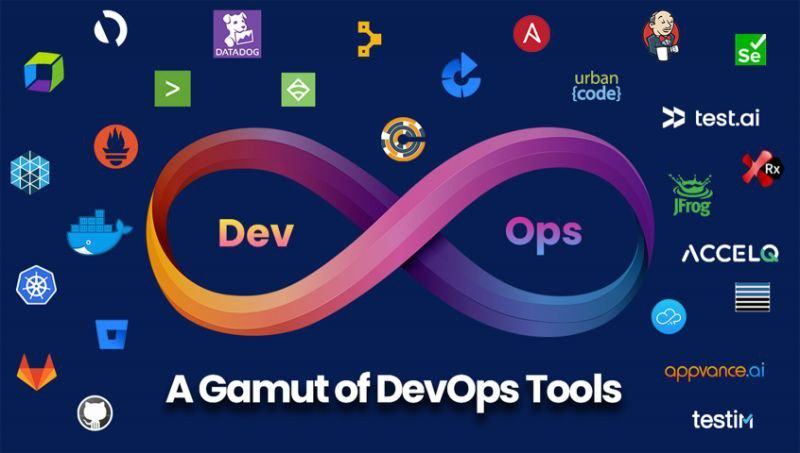How to Detect Emojis in Strings with Java
In today’s digital communication, emojis are ubiquitous. They add emotion and context to text, making interactions more dynamic and expressive. For developers, handling strings that contain emojis can pose unique challenges, particularly when processing or analyzing text in Java. This blog post explores a robust method to detect emojis in strings using Java, ensuring your applications can handle modern text inputs effectively.
Read more »

























